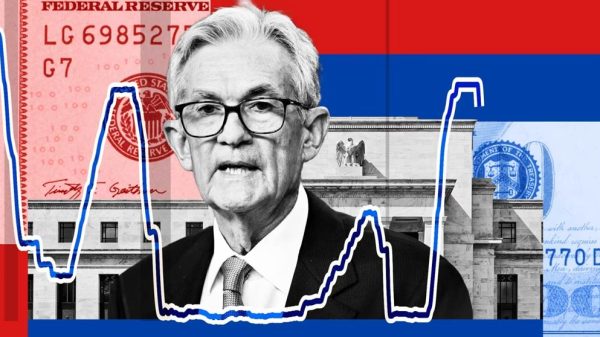Adidas, the renowned German sportswear giant, announced on Tuesday that it plans to raise prices on all of its products sold in the U.S. market due to the impact of tariffs. The company cited ongoing trade tensions and increased costs from tariffs imposed by the U.S. government as the primary reasons behind the decision.
In a statement, Adidas explained, “Higher tariffs will eventually cause higher costs for all our products for the U.S. market.” However, the company noted that it is still unclear how much prices will increase due to uncertainty surrounding tariff rates and ongoing trade negotiations.
Trade Disputes and Rising Costs
The tariffs, introduced under the administration of President Donald Trump, have created complications for Adidas, whose supply chain heavily relies on manufacturing in countries such as China, Vietnam, and Cambodia. While Adidas has managed to significantly reduce its exports from China to the U.S., sourcing from other countries like Vietnam and Cambodia has been challenging. These nations are now grappling with tariffs of over 40% in the absence of a trade agreement.
Adidas noted that the broader increase in U.S. tariffs on imports from all countries—currently hovering around 10%—is having a significant impact on costs. The company acknowledged the uncertainty of the situation, stating, “We do not know what the final tariffs will be. Therefore, we cannot make any ‘final’ decisions on what to do.”
The company also stressed that it is currently impossible to quantify the full impact of these price hikes on consumer demand.
Strong Performance Despite Challenges
Despite the tariff headwinds, Adidas delivered strong financial results in the first quarter of 2025. The company reported a 155% increase in net income from continuing operations, reaching €436 million ($496.5 million), significantly exceeding analyst expectations of €383 million. Revenues also climbed 12.7% to €6.15 billion, driven by strong demand for its footwear and lifestyle clothing.
Adidas has seen double-digit sales growth across all regions, with wholesale channels outperforming its direct-to-consumer offerings. Its operating margin also improved by 3.8 percentage points, reaching 9.9%.
The company attributed its success in part to a more positive brand image and strong consumer sentiment. Adidas recently concluded its years-long struggle with the fallout from its collaboration with Ye (formerly Kanye West), who faced backlash over antisemitic remarks. Last month, Adidas sold the remaining stock of its Yeezy line.
Industry-Wide Impact
Adidas is not alone in facing the challenges of tariffs. Retailers across the spectrum, from low-cost e-commerce platforms like Temu to luxury brands such as Hermès, are grappling with similar dilemmas over price hikes and their effects on consumer demand.
Analysts remain cautiously optimistic about Adidas’s future. Mamta Valechha, a consumer discretionary analyst at Quilter Cheviot, remarked, “Footwear continues to be a strong performer, with consumers also opting for lifestyle clothing. Adidas will hope these trends continue in the face of the economic uncertainty created by tariffs in the U.S.”
However, the road ahead remains uncertain. While Adidas has a strong order book and a loyal customer base, the company has refrained from updating its full-year revenue and profit outlook due to the unpredictability of the global trade environment.
What’s Next for Adidas?
As the tariff situation evolves, Adidas faces tough decisions about how to balance rising costs with maintaining affordability for its customers. For now, the sportswear manufacturer is focusing on navigating the uncertainty while continuing to deliver strong performance in other markets.
Whether U.S. consumers will stick with Adidas amid possible price hikes remains to be seen. For now, the company is urging patience, stating that the full impact of tariffs will take time to materialize.











